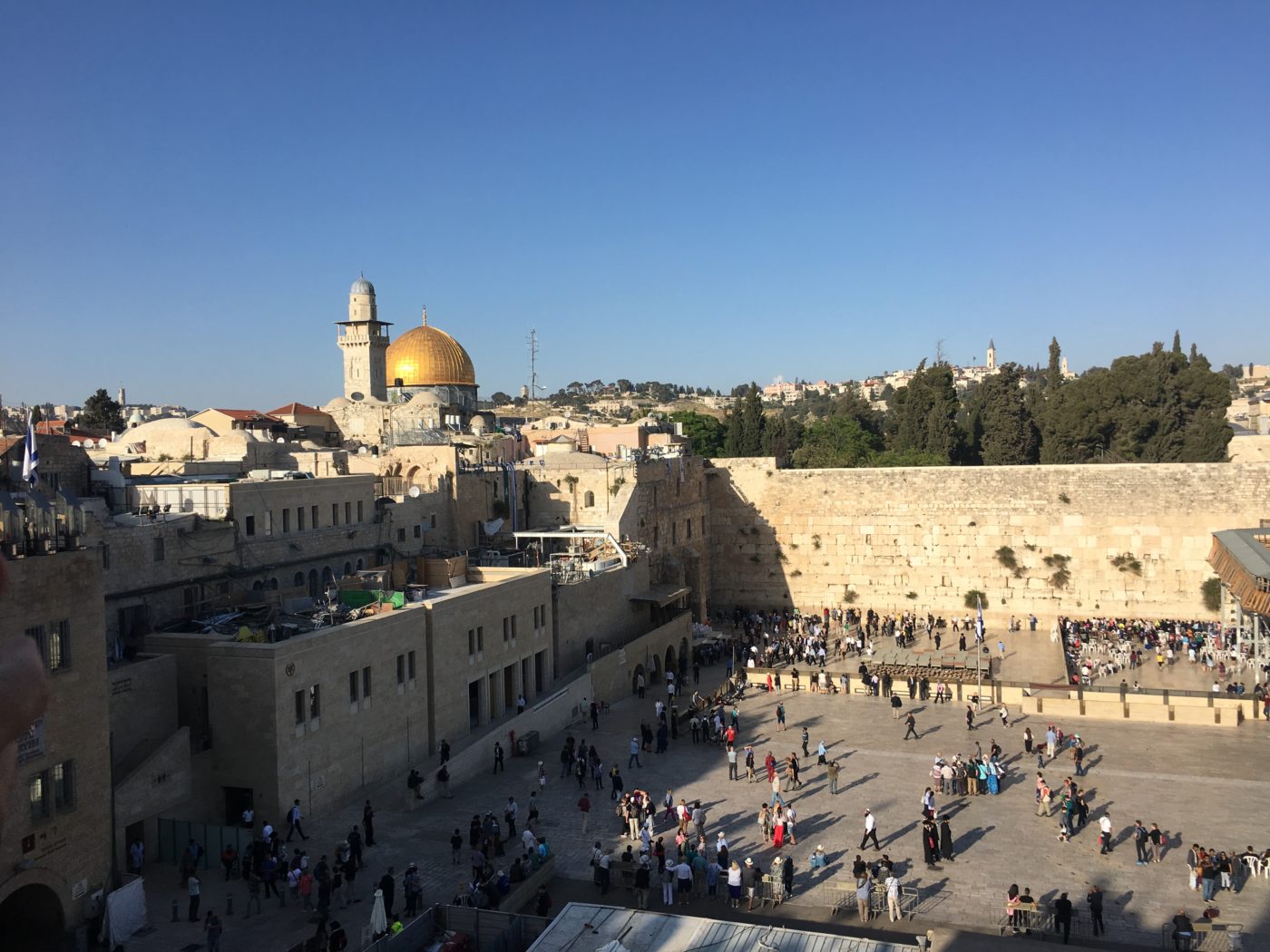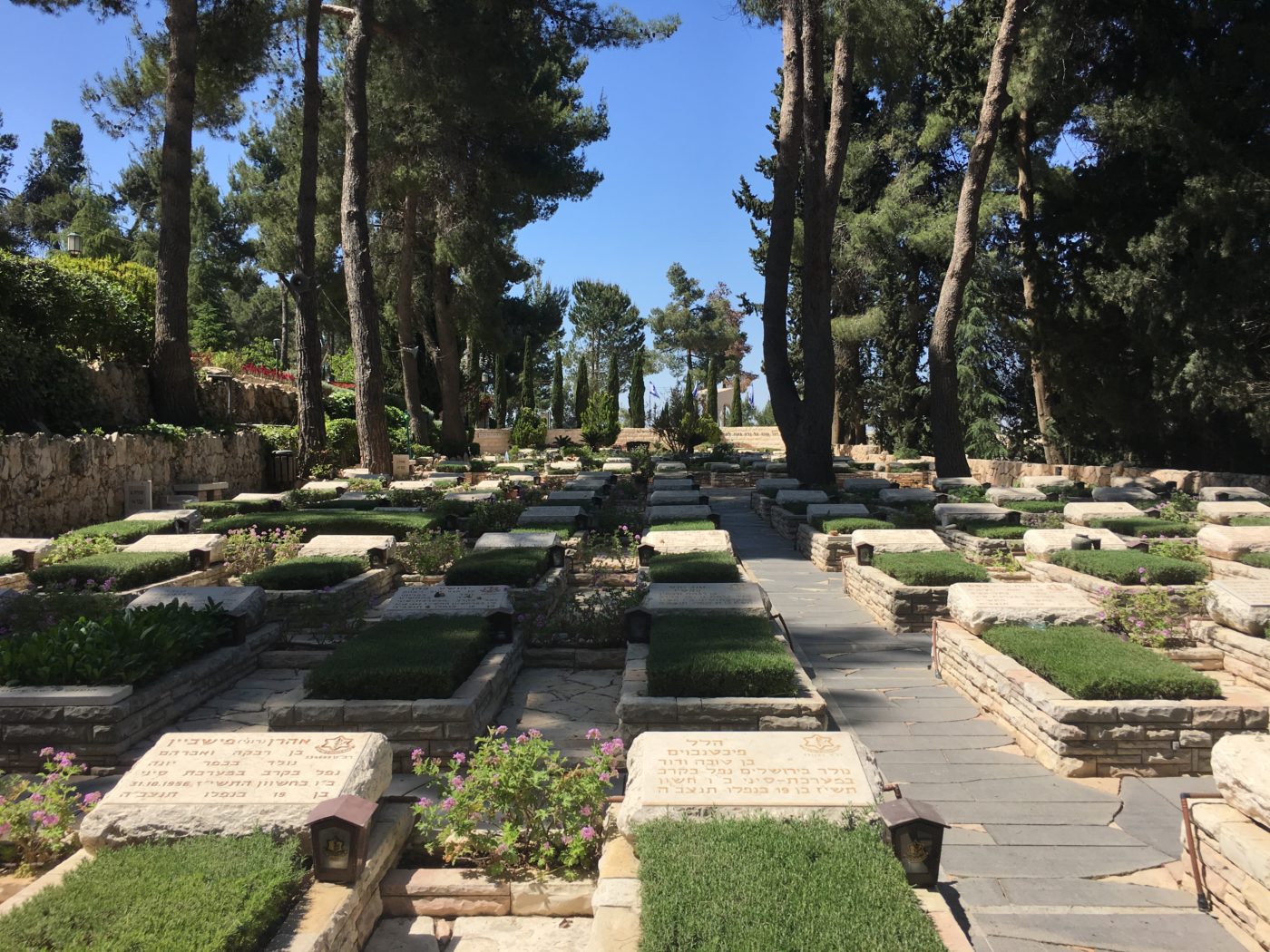Tel Aviv to Jerusalem and the Desert in Between
Israel is most known for it’s holy sites, but there’s so much more. The perpetual summer sunshine draws tourists and locals to the nine-mile stretch of sandy mediterranean seashore. The coastline borders the Dead Sea, Red Sea, Sea of Galilee, and has everything from ancient ruins, to scuba diving, world reknown art districts, to top Michellin star restaurants. The connection to the sea is instilled in daily life- from the fresh seafood, to the outdoor beachfront cafe lifestyle. Get to know the heart of the Middle East from our lens.
You can tell a lot about the culture of a country while driving through endless roads leading, assumably, nowhere.
Day 1: Rent a car, and head northeast to the border of Jordan and Syria. You’ll end up passing the Sea of Galilee, and do stop. The Sea of Galilee is not only the second lowest freshwater lake on earth, but its where Jesus walked on water. Another key attraction is the site where the Sea of Galilee’s water flows into the Jordan River, in which thousands of pilgrims come from all over the world to get baptized.

Mysticism in Tzfat
Day 2: Tzfat, or Safed, in English, is considered to be one of Judaism’s holiest cities up there with Jerusalem and Hebron. This is due to its center on the Kabbalah, also known as Jewish mysticism. Tzfat is the home of many artists who tell the story of the Kabbala better than anyone else before. One gallery opened our eyes and heart. Check out Avraham’s gallery: https://www.kabbalahart.com/

The Climax: Jerusalem
Day 3: You know the feeling of renewal and regeneration? Come to the Western Wall during sunset on Friday to see thousands of Jews gathering at the Kotel to welcome the Sabbath. Soldiers in uniform holding riffles dance alongside Orthodox men, while children are hand in hand singing and dancing alongside strangers. The divisions of the Israeli society are not as polarizing here, where Jews of all beliefs and backgrounds join together in joy and prayer. For outstanding views, head to the Haas Promenade for some profile pic photos. Afterwards, dive into history as you scale the Rampart Walls surrounding the Old City.

Mt. Herzl Remembrance
Day 4: Named after Theodor Herzl, who is one of the fathers of Israel, stands Israel’s national cemetery. Inside the cemetery lies Israels most prominent figures and for this reason Mt. Herzl is the venue for many commemorative events and national celebrations.
Israel’s war heroes are also buried here. Walking through the isles of soliders, one cant help to grieve. Many lives lost before their 25th birthday. Many graves are decorated with photos, poems, flags, and more popularized, rocks.
Within the Jewish faith, it is customary to leave a small stone on the grave. Visitor positions the stone on the grave using his or her left hand. Placing a stone on the grave serves as a sign to others that someone has visited the grave. It also enables visitors to partake in the mitzfah tradition of commemorating the burial and the deceased. Stones are fitting symbols of the lasting presence of the deceased’s life and memory.

The 5 AM Masada Hike
Day 5: Wake up long before the sun comes up for a hike to Masada, one of Israels beloved ancient fortresses. Hike via the Roman Ramp.
Masada was originally built by Herod the Great between 37 and 31 BCE in order to protect themselves from the troops of the Roman Empire at the end of the First Jewish Roman War.
This UNESCO heritage site is sincerely a majestic beauty. The beauty lies in the architecture, lies in the vast lands it surrounds, lies in the many hands that helped built it. It was the refuge of the last survivors of the Jewish revolt, who chose death rather than slavery when the Roman besiegers broke through their defenses. As such it has an emblematic value for the Jewish people.

To get the most out of your Israel trip, don’t just stay in Tel Aviv, get out there!
Next On Our List…
The Mar Saba Monastery, located in Wadi Qelt in the eastern bank actively inhabited by Eastern Orthodox monks. Reachable through a 3-hour long hiking path through the wadi, or alternatively a parking lot across the wadi from the monastery with an adjacent lookout point.
